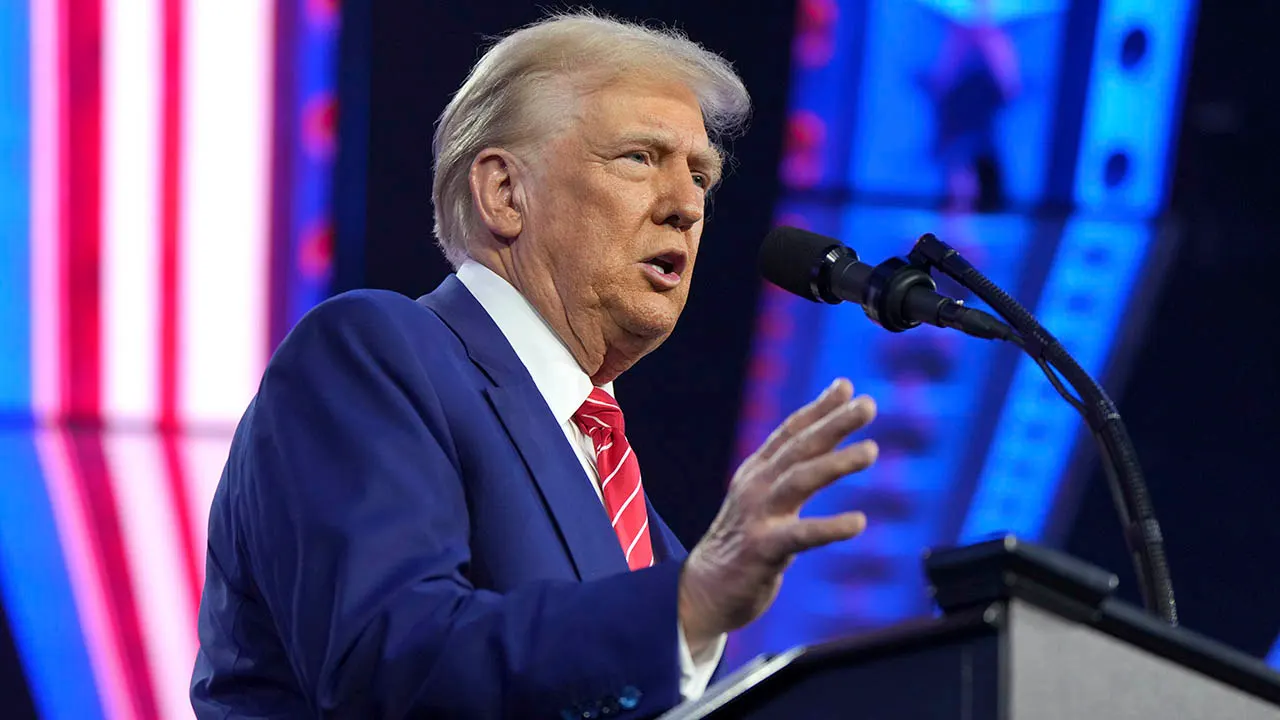Finance
Interactive conference aims to increase financial literacy among students

COLUMBUS, Ohio — Making sound financial decisions may seem like common sense, but for many it may be the source of financial hardships later in life, and our spending habits early on may be to blame.
What You Need To Know
- The 5th annual Baller’s Conference is teaching valuable financial skills, including money management, preparing for future bills, and managing savings account
- 200 middle and high school students went through the different workshops
- Organizers say the goal is to close the racial wealth gap
But The Baller’s Conference in Columbus is trying to change that.
It’s a way for students to learn valuable life lessons, including money management, preparing for future bills and managing a savings account.
For Rylei Caldwell, who is taking part in the Baller’s Conference, that means starting early.
“We’re about to go off to college or maybe some of us are going to trade school, but we need to know how our finances will impact us and starting early will set us up for the right route,” said Caldwell.
The event includes seminars and hands-on activities.
As students go from workshop to workshop, event organizer Sherome Hathaway said they’re learning a lot under some pressure.
“They have a working lunch where they go through the pitch competition, and during this competition, they all have to compete, providing a great presentation around real-world solutions that can help solve real-world issues. So, students have a chance to win money,” said Hathaway.
By educating these students, Hathaway said closing the racial wealth gap is key.
“The average African-American family today has $24,000 in savings and investments in home equity compared to $189,000 in those same things in white households,” explained Hathaway. “So, we need to make sure that finances and that money is a dinner table conversation.”
Hopefully, that creates more opportunities for students like Caldwell.
“I think it will influence my future because I plan to have my own business. So, learning about finances early will set me up before college so that I can learn the ins and outs of that,” said Caldwell.
And while Caldwell is not exactly a financial adviser, she gives one piece of advice.
“One of the key things that stuck with me is having those conversations at the table about finances with my parents early, so that I am set up for when I’m on my own or when I’m starting my own family,” she said.

Finance
NexPoint Real Estate Finance, Inc. Announces Series A Preferred Stock Dividend

DALLAS, Dec. 24, 2024 /PRNewswire/ — NexPoint Real Estate Finance, Inc. (NYSE: NREF) (the “Company”) today announced a dividend for its 8.50% Series A Cumulative Redeemable Preferred Stock (NYSE: NREF PRA) of $0.53125 per share. The dividend will be payable on January 27, 2025, to stockholders of record at the close of business on January 15, 2025.
About NexPoint Real Estate Finance, Inc.
NexPoint Real Estate Finance, Inc., is a publicly traded REIT, with its common stock and Series A Preferred Stock listed on the New York Stock Exchange under the symbol “NREF” and “NREF PRA,” respectively, primarily focused on originating, structuring and investing in first-lien mortgage loans, mezzanine loans, preferred equity, convertible notes, multifamily properties and common equity investments, as well as multifamily and single-family rental commercial mortgage-backed securities securitizations, promissory notes and mortgage-backed securities. More information about the Company is available at nref.nexpoint.com.
CONTACTS
Investor Relations
Kristen Griffith
IR@nexpoint.com
Media Relations
Prosek Partners for NexPoint
pro-nexpoint@prosek.com
View original content to download multimedia:https://www.prnewswire.com/news-releases/nexpoint-real-estate-finance-inc-announces-series-a-preferred-stock-dividend-302339003.html
SOURCE NexPoint Real Estate Finance, Inc.
Finance
Stock market today: Nasdaq, S&P 500 edge higher ahead of Christmas break
US stocks opened higher to kick off the final, shortened trading session before the Christmas holiday. The benchmark S&P 500 (^GSPC) edged up about 0.2%, while the tech-heavy Nasdaq Composite (^IXIC) rose roughly 0.3%. The Dow Jones Industrial Average (^DJI) hugged the flatline.
Wall Street is looking to enter its Christmas break rejuvenated, after tech stocks including AI chip giant Nvidia (NVDA) led the march higher on Monday. Markets close at 1 p.m. ET today and are off tomorrow for Christmas Day.
Sizable gains on Friday and Monday have put the indexes back on the path toward their record highs, from which they took a Fed-fueled nosedive last week.
Wall Street is reassessing the path of interest rates next year as it grapples with the reality that the Fed mostly pulled off a so-called soft landing — but couldn’t fully shake the US economy’s inflation problem. According to the CME FedWatch tool, most bets are on two coming holds at the Fed’s January and March meetings, followed by a toss-up in May.
Meanwhile, many eyes continue to be trained on Nvidia, which saw a more than 3.5% gain on Monday. As Yahoo Finance’s Dan Howley writes, 2024 was Nvidia’s year, with the stock up some 180%. But 2025 could contain plenty of challenges.
LIVE 2 updates
Finance
China’s Finance Ministry Vows Greater, Faster Spending in 2025

China’s finance ministry reaffirmed it will increase public spending with a greater focus on boosting consumption to support the economy next year, ahead of growth headwinds from looming US tariffs.
China will “expand the magnitude of fiscal spending and accelerate the spending pace,” according to a statement published Tuesday following a two-day national conference held by the Ministry of Finance on fiscal work in 2025.
-

 Business1 week ago
Business1 week agoFreddie Freeman's World Series walk-off grand slam baseball sells at auction for $1.56 million
-
/cdn.vox-cdn.com/uploads/chorus_asset/file/23951353/STK043_VRG_Illo_N_Barclay_3_Meta.jpg)
/cdn.vox-cdn.com/uploads/chorus_asset/file/23951353/STK043_VRG_Illo_N_Barclay_3_Meta.jpg) Technology1 week ago
Technology1 week agoMeta’s Instagram boss: who posted something matters more in the AI age
-
/cdn.vox-cdn.com/uploads/chorus_asset/file/24924653/236780_Google_AntiTrust_Trial_Custom_Art_CVirginia__0003_1.png)
/cdn.vox-cdn.com/uploads/chorus_asset/file/24924653/236780_Google_AntiTrust_Trial_Custom_Art_CVirginia__0003_1.png) Technology4 days ago
Technology4 days agoGoogle’s counteroffer to the government trying to break it up is unbundling Android apps
-
News1 week ago
East’s wintry mix could make travel dicey. And yes, that was a tornado in Calif.
-

 News5 days ago
News5 days agoNovo Nordisk shares tumble as weight-loss drug trial data disappoints
-

 Politics5 days ago
Politics5 days agoIllegal immigrant sexually abused child in the U.S. after being removed from the country five times
-

 Entertainment5 days ago
Entertainment5 days ago'It's a little holiday gift': Inside the Weeknd's free Santa Monica show for his biggest fans
-

 Politics1 week ago
Politics1 week agoTrump taps Richard Grenell as presidential envoy for special missions, Edward S. Walsh as Ireland ambassador





















